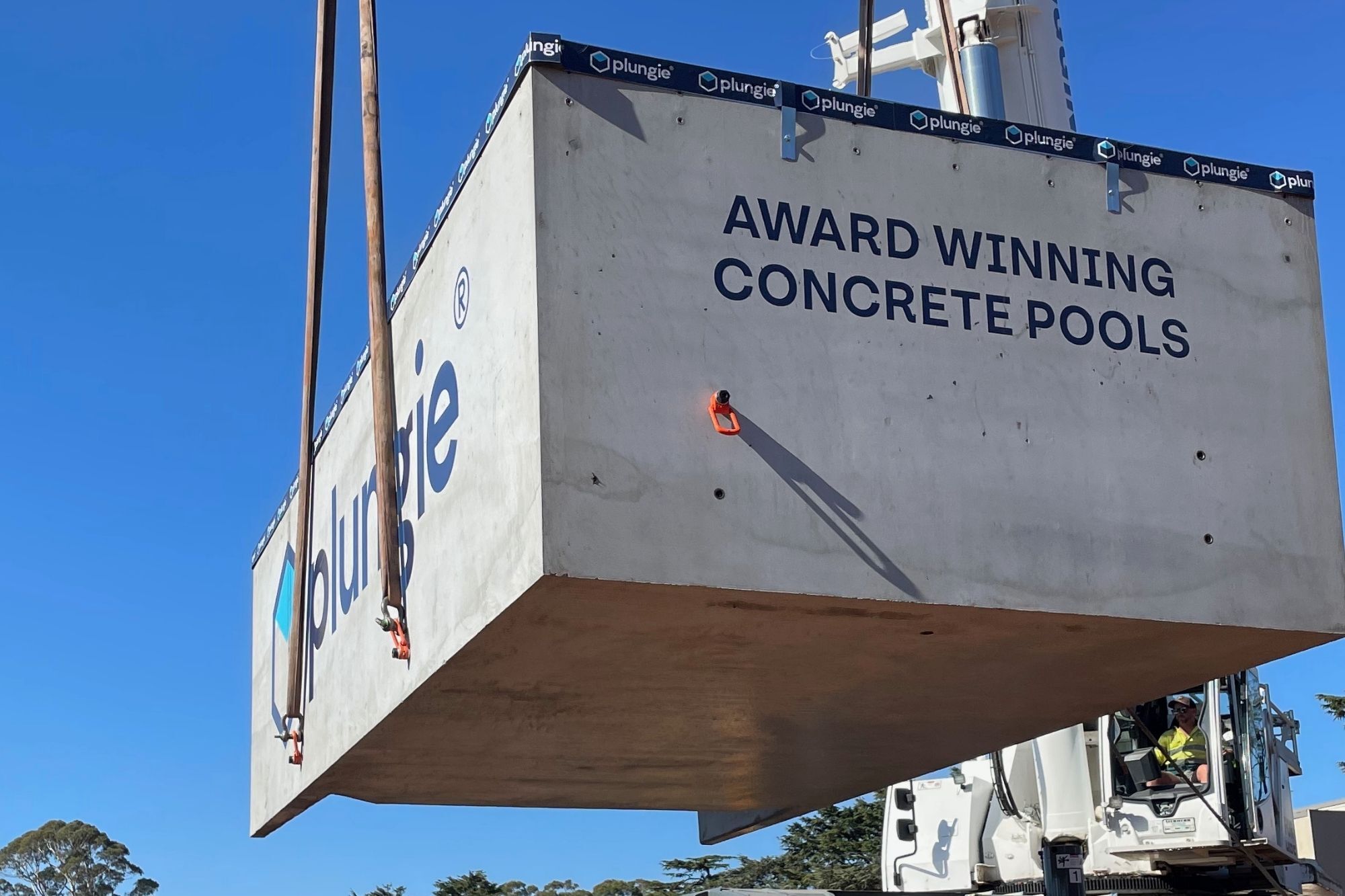You’ve probably heard prefab construction described as ‘architecture’s oldest new idea’ — and that’s pretty spot on. Far from being an underdeveloped new-age concept, prefabrication has been used to create construction efficiencies for centuries. It’s surrounded us for years and been integral to some of the most recognizable structures on the planet.
Each of these milestones has brought us a step closer to today, where we’re at the edge of a prefab construction boom that could address some of America’s most pressing socio-economic issues.
Prefab Construction Timeline
AD 43 — Romans Forts Are Built Across England
The Romans use prefabricated construction methods to build forts efficiently after conquering Britain. Yes, that’s right — prefab construction dates all the way back to the first century.
1624 — Panelized Homes Are Shipped To The British Colonies
A prefabricated home consisting of wood panels is shipped from Britain to Cape Ann, Massachusetts, to house the state fishing fleet.
1849 — Framed Homes Appear in the Gold Fields
As people flock to California during the gold rush, an estimated 5,000 wooden frame houses are sent from New York to help meet housing demand.
1851 — The Crystal Palace Houses The Great Exhibition
The Crystal Palace is assembled in a matter of months from prefabricated glass and iron components to house the Great Exhibition of 1851. After the exhibition closes, the structure is disassembled in Hyde Park and reassembled in Sydenham Hill, where it is used for various events until being destroyed by fire in 1936.
1889 — The Eiffel Tower Becomes The World’s Most Famous ‘Temporary’ Structure
The Eiffel Tower is constructed from prefabricated iron components for the 1889 World’s Fair in Paris. Although it was originally intended to be disassembled after 20 years, a radio antenna installed in the tower makes it too valuable for communications to tear down.
1908 — Sears, Roebuck & Co. Start Sending DIY Kit Homes In The Mail
Sears, Roebuck & Co. begin selling their mail-order ‘Modern Homes’. The company offer over 370 architectural designs and sell over 70,000 of these kit homes up until they are discontinued in 1942.
1940s — Prefabricated Homes Help The War Effort
The government builds thousands of prefab homes to house families who have relocated to work in war-related industries during World War II. At the end of the war, these homes are sold to returning soldiers and their families to address the post-war housing shortage.
1973 — Construction On The Sydney Opera House Is Completed
Queen Elizabeth II opens the Sydney Opera House, constructed from precast concrete panels supported by precast concrete ribs.
1999 — Greenwich Mansion Proves That Prefab Can Be Premium
An 8,900-square-foot Georgian-style mansion is constructed in Greenwich, Connecticut, from customized, factory-built modules. The project is completed three months faster than expected and shows that upscale homes can be prefabricated.
2018 — Precast Plungies Make Pool Ownership More Achievable
We develop a revolutionary process solution that allows homeowners and builders to install a premium concrete swimming pool in days, not months.
2022 — McDonald’s Constructs The First Net Zero Modular Restaurant
A modular McDonald’s located in Shropshire, England, becomes the first restaurant to be verified as having net zero emissions. The restaurant achieves its carbon-neutral status through the use of wind turbines and solar panels to generate energy.
These are just a handful of the important prefab construction milestones throughout history. They have one thing in common — increased efficiency and cutting-edge design. With these benefits, it’s no wonder that prefab construction continues to emerge time and time again.
The Future Of Prefab Construction
We know where prefab construction has been, but where is it going? The global modular construction market is expected to grow by 50% by 2028 to US$114.78 billion. Rising construction labor costs, skills shortages, and mounting environmental pressures are set to be key drivers of this growth. As an efficient solution to these challenges, it certainly looks like prefab is here to stay. As part of the prefab movement, we can’t wait to see what the coming years (and centuries) will bring for prefabricated construction.



